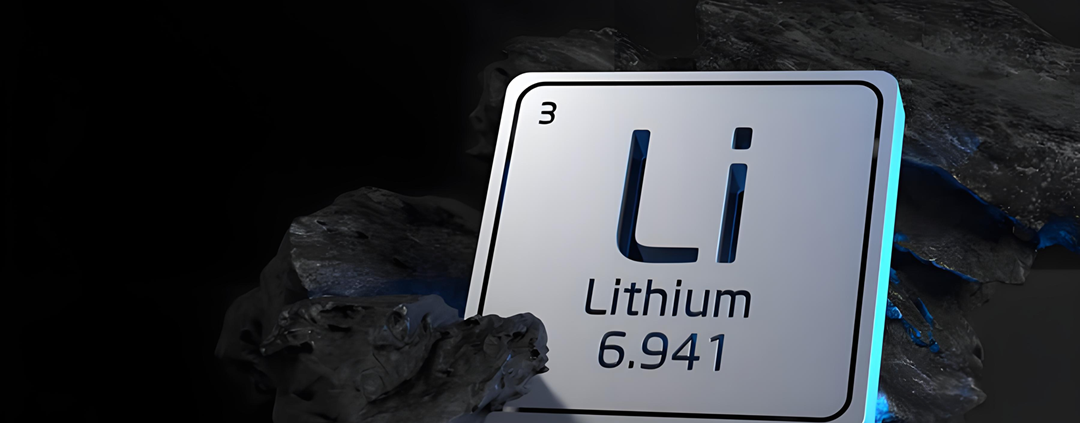How Do Lithium-Ion Batteries Work? Understanding the Technology Powering Modern Energy
As the demand for efficient, lightweight, and high-capacity energy storage solutions grows, lithium-ion batteries have become the dominant choice across industries—from smartphones to electric vehicles and commercial energy storage. But how exactly do these batteries work? In this article, we’ll break down the science behind lithium-ion battery operation and explore how this technology powers real-world applications.
What Is a Lithium-Ion Battery?
A lithium-ion battery is a type of rechargeable battery that moves lithium ions between the positive and negative electrodes during charge and discharge cycles. Its high energy density, long lifespan, and relatively light weight make it ideal for both portable electronics and industrial-scale energy storage.
Key Components
Lithium-ion batteries consist of four main components:
- Anode (Negative Electrode): Typically made of graphite. It stores lithium ions during charging.
- Cathode (Positive Electrode): Made from lithium metal oxides like LFP, NMC, or LCO.
- Electrolyte: A liquid or gel that allows lithium ions to flow between electrodes.
- Separator: A porous membrane that prevents the anode and cathode from touching while allowing ion flow.
How Do Lithium-Ion Batteries Work?
🔋 During Charging:
- Electrical energy is applied to the battery.
- Lithium ions move from the cathode to the anode through the electrolyte.
- Electrons flow through an external circuit to balance the charge.
🔌 During Discharging:
- Lithium ions move from the anode back to the cathode.
- Electrons flow through the external circuit, providing power to a device.
This reversible process allows lithium-ion batteries to be charged and discharged hundreds to thousands of times.
Chemistry in Action
A simplified discharge reaction for a lithium-ion battery: LiCoO₂ + C ⇌ Li₁₋ₓCoO₂ + LiₓC
Where:
- Lithium ions (Li⁺) shuttle between cathode (LiCoO₂) and anode (C, graphite)
- Electrons travel through the circuit, creating usable electric current
Different chemistries, such as LFP (lithium iron phosphate) or NMC (nickel manganese cobalt oxide), offer varying balances of energy density, safety, and cycle life.
Why Lithium-Ion Batteries Are So Effective
- ✅ High energy density – More power in a smaller size
- 🔁 Rechargeable with long cycle life – 3,000+ cycles for some chemistries
- 🪶 Lightweight – Ideal for mobility applications
- 🛡️ Low maintenance – No memory effect, minimal upkeep
Real-World Applications
Lithium-ion technology is foundational in many modern systems:
- Motorcycle starting batteries – Instant high current for cranking
- Golf cart batteries – Deep cycle capability and lower weight Explore more about lithium battery for golf cart
- Telecom (network energy) batteries – Reliable backup power for critical systems
- Energy storage systems (ESS) – Stabilize renewable energy, shave peak demand, and provide backup
These applications benefit from the adaptability of lithium chemistry—whether for short bursts of power or long-duration discharge.
Battery Management System (BMS): Keeping It Safe
Lithium-ion batteries are paired with a Battery Management System (BMS) that:
- Monitors voltage, temperature, and current
- Prevents overcharging and deep discharge
- Ensures cell balancing
Without a BMS, lithium batteries could face safety risks like thermal runaway.
Daily Usage and Maintenance Tips
Even with a BMS, proper usage and maintenance are crucial to maximize the life and safety of lithium-ion batteries:
- Avoid overcharging and deep discharging: Prolonged operation at 100% or 0% can accelerate degradation. Try to maintain the charge level between 20% and 80%.
- Control temperature conditions: Operate within 0°C to 45°C when charging and -20°C to 60°C when discharging. Avoid extreme heat or cold environments.
- Use certified or original chargers: Poor-quality or mismatched chargers can lead to overvoltage or overcurrent.
- Regularly inspect terminals and casing: Check for corrosion, deformation, leakage, or odors. Discontinue use if anomalies are detected.
- Store with partial charge: If unused for extended periods, store batteries at 40–60% charge and top off every 3–6 months to prevent over-discharge.
Looking Forward: Next-Gen Innovations
- Solid-state batteries – Higher safety and energy density
- Sodium-ion and lithium-sulfur – Cost-effective alternatives under development
- Recycling and second-life use – Sustainability becomes a key focus
Related Reading
For those deploying lithium batteries in commercial or industrial settings, understanding storage safety is essential. Learn more in our guide:
➡️ How to Store Lithium Batteries Safely and Efficiently
Conclusion
Lithium-ion batteries power our phones, vehicles, and entire electrical systems with unmatched efficiency. By understanding how they work—from ion movement to chemistry—you’ll gain a better grasp of one of the most transformative energy technologies of our time. Whether in vehicles, telecom, or grid storage, lithium-ion is leading the way to a more electrified and sustainable future.


